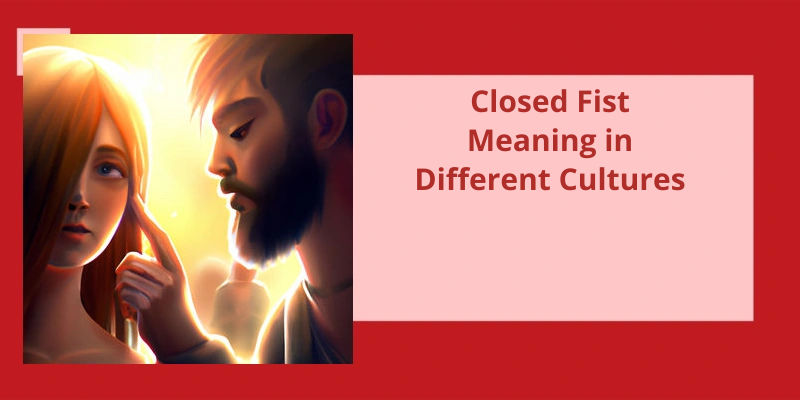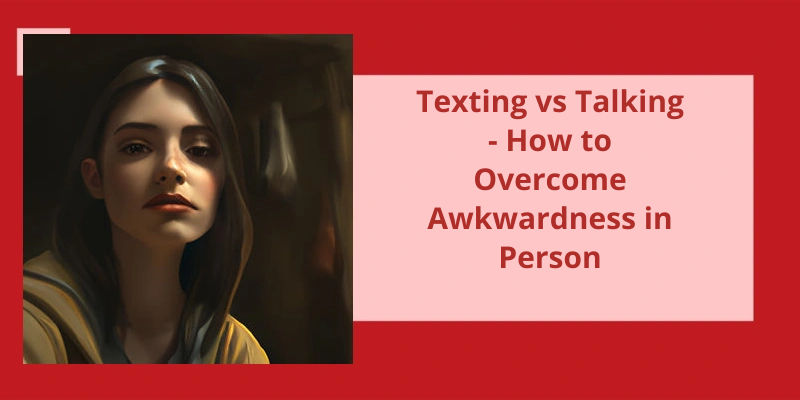The closed fist is a gesture that’s been found in many cultures across the world. It’s a symbol of strength and solidarity that represents defiance, rebellion, and struggle against injustice. From the ancient Roman gladiators who raised their fists as a symbol of resistance against oppression to the modern-day Black Lives Matter movement, the clenched fist has been an enduring symbol of resistance against systems and authorities perceived as unjust. However, it’s worth noting that the meaning of this symbol can vary based on cultural context. In some countries, the closed fist could bring about negative associations of physical violence, while in others, it may represent a more nuanced expression of resistance and struggle.
What Does It Mean When Someone Closes Their Fist?
This instinctive response is rooted in our fight or flight response, where our bodies prepare for physical action in response to danger or a perceived threat. Clenching our fists is a way to prepare ourselves for potential aggression and to psych ourselves up for a confrontation.
However, there are other contexts where a person might close their fist that don’t necessarily indicate aggression or conflict. One example is during moments of intense focus or determination, such as when an athlete clenches their fist before a big game or a musician before a performance. In these cases, a clenched fist can be a manifestation of emotional intensity and focus.
Another situation where a clenched fist might be appropriate is during moments of celebration or triumph, such as when a team wins a championship or a person achieves a long-term goal. In these instances, the fist represents triumph, success, and pride rather than aggression or conflict.
In situations where a person feels threatened, angry, or confrontational, a clenched fist may signal aggression or hostility. In any case, it’s important to consider the full context and the individual’s body language and verbal communication to accurately interpret the meaning of their nonverbal cues.
As humans, we use various forms of nonverbal communication to convey our thoughts, feelings, and intentions. One such form of expression is through gestures, including facial expressions, body language, and hand signals. For instance, a clenched fist is often used to convey a powerful message of strength, defiance, or solidarity. But is a clenched fist actually considered a gesture? Let’s delve deeper into this topic and explore what gestures are and how they’re used in human communication.
Is a Clenched Fist an Example of Gesture?
A clenched fist has been a symbol of strength, solidarity, and defiance for centuries. It’s a gesture that’s transcended cultures, languages, and religions. It’s been used to convey anger, resistance, power, and passion.
In the 1960s and 1970s, the Black Power movement in the United States adopted the clenched fist as a symbol of black solidarity and resistance to racism. Similarly, in South Africa, the clenched fist was used by the anti-apartheid movement to show solidarity and resistance to the oppressive regime.
Historical and Cultural Significance of the Clenched Fist Gesture in Different Parts of the World
The clenched fist gesture has historical and cultural significance in various parts of the world. It represents solidarity, determination, and defiance against oppression. In the United States, it’s associated with the civil rights and Black Power movements. In Latin America, it symbolizes resistance against imperialism and dictatorship. In parts of Africa, it represents anti-colonial and anti-apartheid struggles. Overall, the clenched fist is a powerful symbol of unity and resistance against injustice.
Conclusion
This simple yet powerful gesture has transcended borders and language barriers to become a universal symbol of resistance and unity. Despite it’s varied interpretations across different cultures, the clenched fist remains a potent emblem of human strength and a reminder of the ongoing struggle for freedom and justice. It’s significance continues to be felt in various forms of social activism and political movements, reflecting it’s enduring power to inspire and motivate people to stand up against oppression and injustice.






